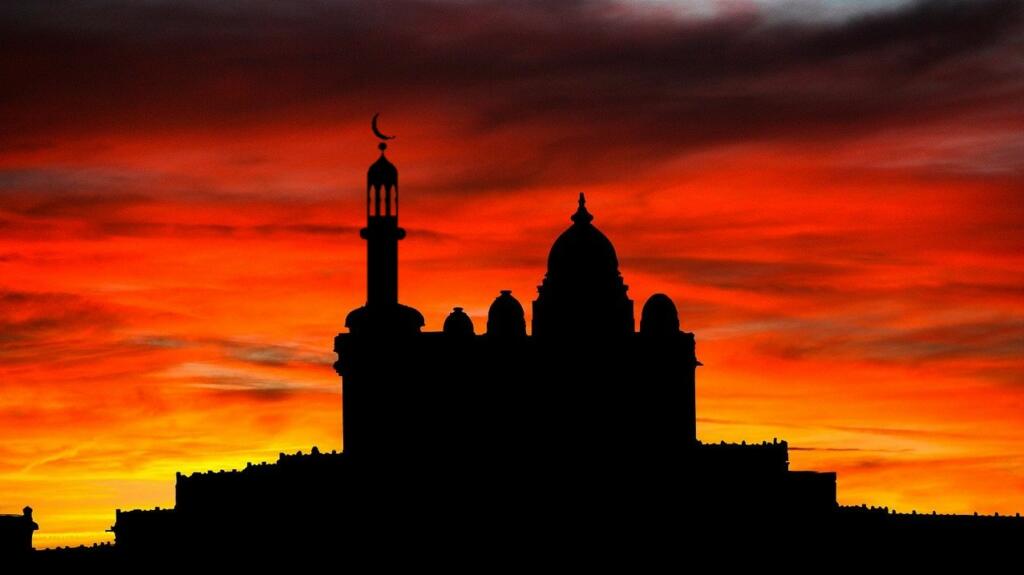There is a concept called Essential Religious Practices. It is used as a metric to determine whether any deed done by a person is fit enough for him to be declared a follower of a particular religion. Unfortunately, the same concept does not exist in public morality for non-living aspects of religion, especially Sanatan Dharma. Rarely will you find a discussion about immutable characteristics like architecture or a sculpture of a Mandir to be inherent to its religious belonging.
Gyanvapi contradicts Islam
Whether the Gyanvapi Masjid is actually a Masjid or not is the centre stage of the controversy. Bhakts of Mahadev are sure about their claim that the Gyanvapi Masjid has been built upon the ruins of an existing Mandir. On the other hand, Muslims are in constant denial (albeit without proof) of this assertion. That is the reason why the Judiciary had to intervene, ordering state-protected surveys catalysed by full-fledged video proof.
Now, the revelation, that a “Shivling” has been found by the surveyors means that the way in which Muslims do their prayers (Namaz) needs to be relooked at. It can easily be said that not worshipping Murtis can be called a fundamental aspect of Islam. The religion found by Muhammad taught that “The almighty does not share his divine attributes with any other.” That is why idol worship is considered wrong in Islam. It has been called worse than carnage.
But what the Muslims are doing in Gyanvapi presents us with a totally different story. As it turns out, Muslims are offering their prayers to the form of Brahman revered by Hindus.
Read more: Gyanvapi Masjid Row: All lies exposed!
Technically, Gyanvapi is not a Masjid
It should no longer be a point of contention in the public domain that Gyanvapi was built after razing a Hindu legacy. However, Islamists could not remove pre-existing essential elements of Hindu worship. They tried their best, but when they failed, they just mounted another structure over these elements. Their firm hope was that over a period of time, the Shivling, and other revered objects would become fossilized while being buried under the Masjid. But this was contentious for two reasons, firstly the stones were not going to change into fossils, and secondly, establishing Masjid on them was antithetical to Islam.
Supreme Court lawyer, Ashwini Kumar Upadhyaya recently revealed a staggering fact in the public domain. He said, “Islamic customs prescribe that for a structure to be called a Masjid; its first brick should be laid down in the name of Masjid. The purpose for cementing every brick should be about establishing Masjid. Otherwise, it is not technically able to be called a Masjid.”
Read more: Ajmer’s ‘Adhai Din ka Jhopda’ is considered a mosque but it has all the signs of a Hindu temple
So, if a Muslim is visiting a place like Gyanvapi for his Namaz, then he is effectively cheating on his religion. For Muslims, the authority of Allah prevails only when he is given undivided attention by his followers. It is because Islam is monotheistic in an extremely strict sense of the word. It does not recognize that Allah can exist in multiple forms. It is so centralized, that it prohibits replicating Allah in any form, whether it is an idol, a Cartoon or even a movie character.
Hindus need to push for official recognition of their heritage
Now, since Shivling exists inside the Gyanvapi Masjid, it is not sustainable to offer Ibadat in that vicinity. The Namazi is not fully dedicated towards Allah. His subconscious attention is drawn towards other forms of almighty inside the structure which is not accepted in Islam. That is the reason why Masjids are constructed in the way they are, to garner undivided attention from Muslims.
Moreover, the bricks, sculptures and other architectural details clearly reveal that the Masjid does not fall in line with the structures observed in the Arab world, the place where Islam is said to have been birthed. It is on the lines of the same argument (that the structure had a non-Islamic origin), that the esteemed Judges of the Supreme Court effectively gave Constitutional legitimacy to the destruction of Babri Masjid.
Read more: A timeline of how Babri Masjid was demolished brick by brick, hammer after hammer
Gyanvapi has everything in it to be declared as ‘non-Islamic heritage’. The place has a Hindu origin and evidence has never been so crystal clear as now. The controversy exists only because Hindus have not conveyed to authorities the essential elements to declare a particular place to be possessing a Hindu legacy.
